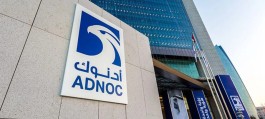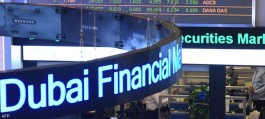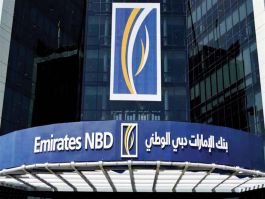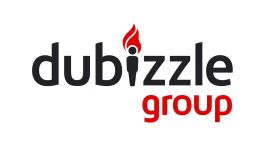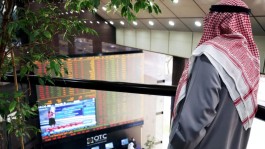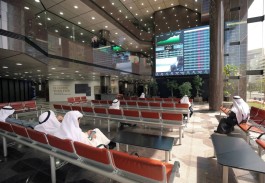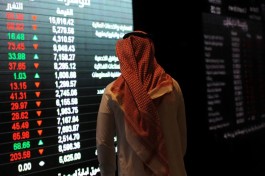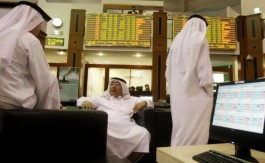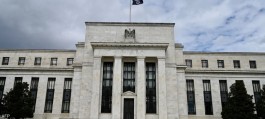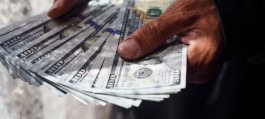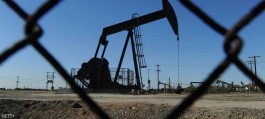US Federal Reserve Chairman Jerome Powell said he does not see the US economy facing a recession or major economic turmoil.
Powell added at a meeting of the Economic Club of Washington that the hard landing scenario is not the most likely possibility, nor is it a likely possibility.
I've always felt there was a way to bring inflation down without hurting the labor market, he said.
Powell added that the three inflation readings during the second quarter of this year show that further progress has been made in returning the pace of price increases to the bank's target range, in comments indicating that a shift to lowering interest rates may not be far off.
He added: In the second quarter, we really made more progress towards curbing inflation.
He said: We have three better readings, and looking at the average of them, that is a very good situation.
The consumer price index rose 2.1 percent in the second quarter on an annual basis, excluding volatile food and energy prices.
This index tends to be higher than the US Federal Reserve's preferred personal consumption expenditures price index.
Personal consumption expenditures data for June will not be released until next week.
What we've said is that we don't think it would be appropriate to begin easing policy until we have greater confidence that inflation is sustainably returning to 2 percent, Powell said.
He added: We are waiting for that. I would say that we did not gain any additional confidence in the first quarter, but the three readings in the second quarter, including the reading last week, add somewhat to the confidence.
Powell's comments today are likely to be his last before his press conference following the Federal Reserve's July 30-31 meeting.
Fed Governors Christopher Waller and Adriana Kogler, as well as other senior Fed officials, are scheduled to comment this week.
Inflation is now close to the bank's 2 percent target but policymakers are increasingly concerned about a slowing economy and rising unemployment.
Given what policymakers see as a balanced set of risks, they may signal in their final comments before the July meeting that rate cuts are imminent, or explain why they have not shifted to monetary easing in light of recent data.
Bets among investors were strongly tilted toward a rate cut starting in September.
